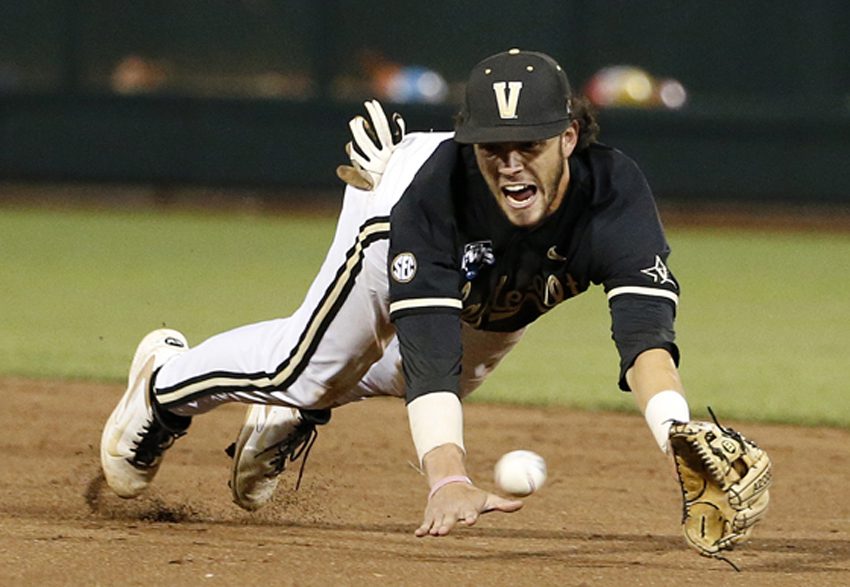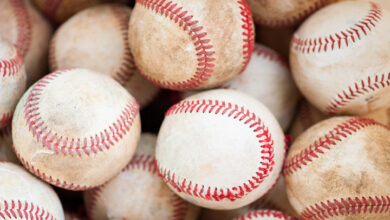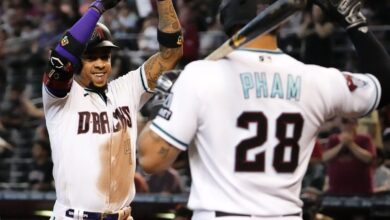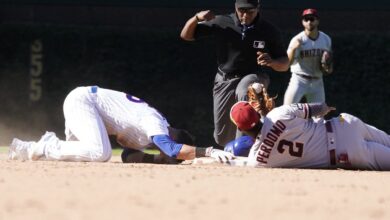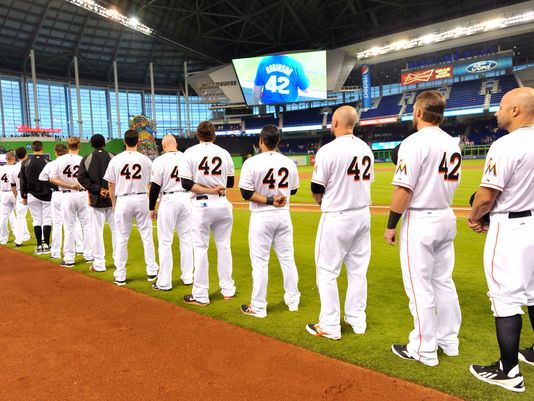


It was disappointing to see four of the 15 games scheduled for Jackie Robinson day cancelled by rain, but the weather can’t be helped.
Since I’m on spring break in Florida, I was able to take in a game at Marlins Park in Miami. My unease with the ballpark could go on for many, many words, but I’ll just leave it at this: It felt like a ball mall to me.
My apologies to Marlins fans out there, but if this is the future of baseball stadia, I can see my attachment to the game fading away in the future. I bought a gelato instead of a hot dog, for crying out loud. May the baseball gods have mercy on me some day.
But the point here is not to bash the Marlins or their ballpark. Rather, it’s to point out that for all the 42s I saw on the field, I didn’t see any African American players in the game.
The only “black” player I saw was Marlins shortstop Aideny Hechavarria, who is a native of Cuba. While I don’t like to use the term “black” to describe anyone, it’s useful here for distinguishing between players like Andew McCutchen and Alfonso Soriano. McCutchen is my countryman; Soriano is not.
What difference does it make where a player is born? Shouldn’t the talent a player has trump the place he comes from? In an ideal world, I might agree with those sentiments. But the issue speaks to the game’s present, and also to its future.
As far as the present goes, African American kids in this country face many obstacles to playing the game. The lionization of Robinson — which is entirely fitting and proper — doesn’t change the fact he played the game several decades ago.
Robinson played several sports, and baseball reportedly wasn’t his first choice. He had to be convinced to play the game by Branch Rickey. Who is trying to convince talented African Americans today to play baseball? I can’t think of anyone in particular.
Football and basketball have made inroads into the hearts and minds of African American kids today, in a way they had not in Robinson’s time. And those who love the game as I do have to admit that getting kids onto the field, with a glove on their hand or a ball to throw around, is the necessary first step to cultivating the next generation of players. And on an institutional level, this just isn’t happening.
I coached the baseball team at a public high school in Chicago in the late 1990s. The kids I coached were all African Americans, and at least a few of them were interested in the game. But we never had more than nine players for a game, and the team varied, depending on who I could persuade to come out on any given day.
Some teams, including my Chicago Cubs, are building baseball academies to cultivate potential major league players. But its important to point out they aren’t being built in this country. Instead, the game’s future is being outsourced to places where baseball represents the only way out of poverty. That’s good for talent levels, perhaps, but not so good for bringing American kids into the game.
Do what’s the answer to this? I wish I knew. But the problem is as plain as the number 42 on the field last night at Marlins Park and 10 other big-league parks.


